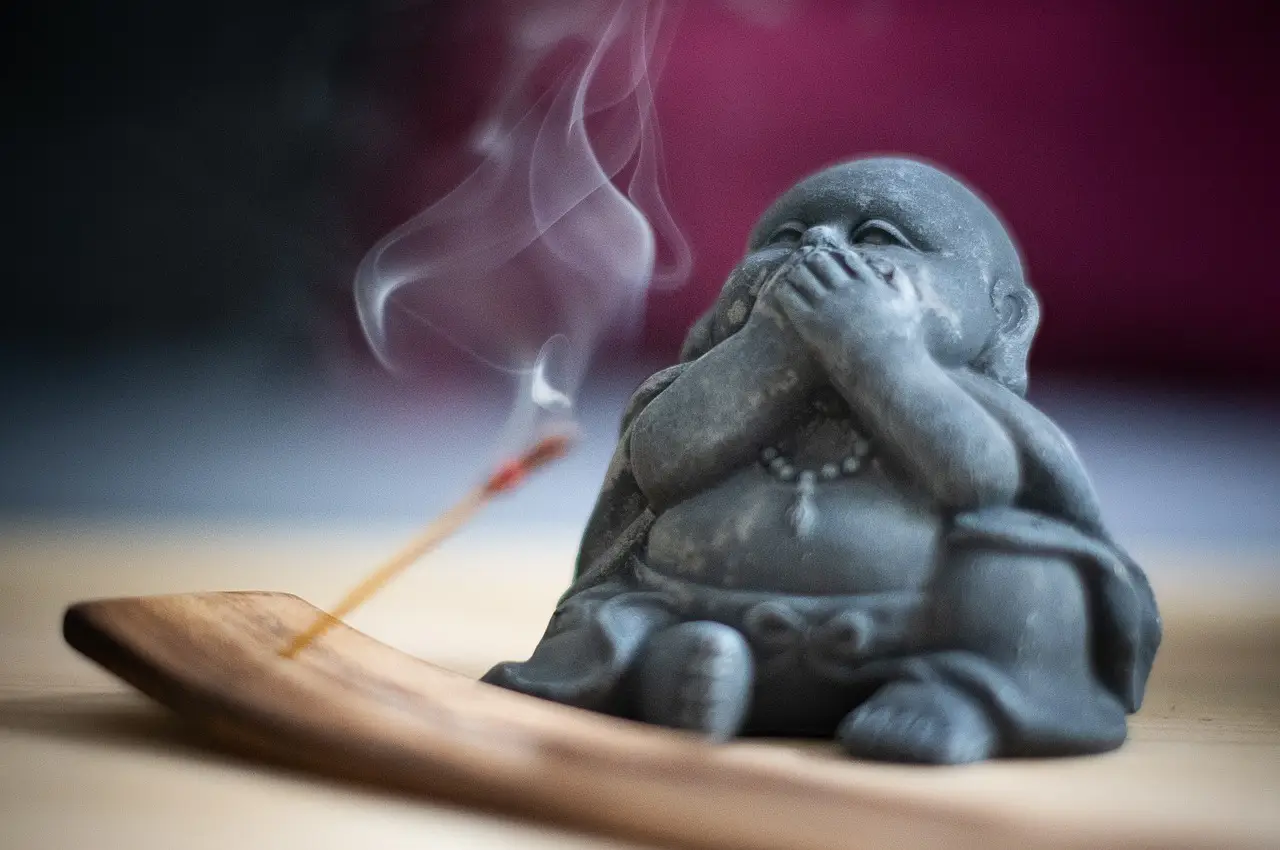In a world where distractions are everywhere, learning to live in the present moment can transform your life. This practice, deeply rooted in spiritual traditions, can enhance your well-being and create a sense of peace. Let’s explore the art of living in the present moment and discover practical ways to integrate this powerful habit into our daily lives.
Understanding the Present Moment
Living in the present moment means fully experiencing what’s happening right now without being preoccupied with the past or the future. It involves an awareness of your current thoughts, feelings, and surroundings. This concept is often linked to mindfulness, a practice that encourages you to pay attention on purpose.
The Spiritual Significance of Presence
Many spiritual traditions emphasize the importance of being present. For example, Buddhism teaches mindfulness as a path to enlightenment, while Christianity highlights the power of prayer and meditation. These practices encourage a deep connection with the present, fostering a sense of spiritual growth and fulfillment.
Benefits of Living in the Present Moment
The advantages of living in the present are immense. Here are a few key benefits:
Reduced Stress: When you focus on the present, you worry less about future uncertainties and past regrets, leading to lower stress levels.
Improved Mental Health: Being present helps reduce anxiety and depression, as it prevents your mind from dwelling on negative thoughts.
Better Relationships: Presence allows you to connect more deeply with others, enhancing your relationships through genuine attention and empathy.
Enhanced Focus: Mindfulness improves your ability to concentrate, making you more productive and effective in your tasks.
Practical Steps to Cultivate Presence
Incorporating the practice of living in the moment into your daily routine can be straightforward. Here are some practical steps:
Start Your Day with Mindfulness: Begin each day with a few minutes of meditation or deep breathing exercises. This sets a mindful tone for the day ahead.
Engage in Mindful Eating: Pay attention to the taste, texture, and aroma of your food. This simple act can ground you in the present moment.
Take Breaks: Throughout the day, take short breaks to pause and breathe. This can help you reset and stay present.
Practice Gratitude: Take a few moments each day to reflect on what you’re grateful for. This shifts your focus to the positive aspects of your life.
Disconnect from Technology: Set aside time each day to unplug from electronic devices. Use this time to engage in activities that bring you joy and relaxation.
Consider Sarah, a busy professional who struggled with stress and anxiety. She decided to integrate mindfulness into her routine. Each morning, she spent ten minutes meditating. Over time, she noticed a significant reduction in her stress levels and an improvement in her overall mood. Her relationships with colleagues and family members also improved as she became more attentive and present in conversations.
Another example is David, a father of two, who found himself constantly worried about work. He started practicing mindful breathing exercises during his lunch breaks. This simple practice helped him return to his tasks with a clear mind and increased focus, ultimately making him more productive.
Overcoming Challenges
Living in the present moment can be challenging, especially with a busy lifestyle. Here are some tips to overcome common obstacles:
Be Patient: Developing mindfulness takes time. Be patient with yourself and recognize that it’s a gradual process.
Set Reminders: Use reminders or alarms to prompt you to take mindful breaks throughout the day.
Find a Community: Join a mindfulness group or class. Sharing experiences with others can provide support and motivation.
Deepening Your Practice
To deepen your practice of living in the present, consider exploring these advanced techniques:
Mindful Movement: Activities like yoga and tai chi integrate movement with mindfulness, enhancing your connection to the present.
Mindful Listening: Practice active listening by fully focusing on what the other person is saying without planning your response. This improves communication and builds stronger connections.
Mindful Journaling: Spend a few minutes each day journaling about your experiences and feelings. This helps you reflect and stay grounded in the present.
The Spiritual Journey of Presence
Living in the present moment is not just a mental practice but a spiritual journey. It involves a continuous effort to connect with your inner self and the world around you. By embracing the present, you open yourself up to a deeper understanding of life and a profound sense of peace.
Remember that this journey is unique to each individual. What works for one person might not work for another. Be open to exploring different techniques and finding what resonates with you.
Final Thoughts
Living in the present moment is a powerful spiritual practice that can transform your life. By focusing on the here and now, you can reduce stress, improve your mental health, and build stronger relationships. Start small, be patient with yourself, and remember that every step you take towards mindfulness is a step towards a more fulfilling life.
Have you tried incorporating mindfulness into your daily routine? What challenges have you faced, and what benefits have you experienced? Share your thoughts in the comments below – your insights might inspire someone else on their journey towards living in the present moment.





